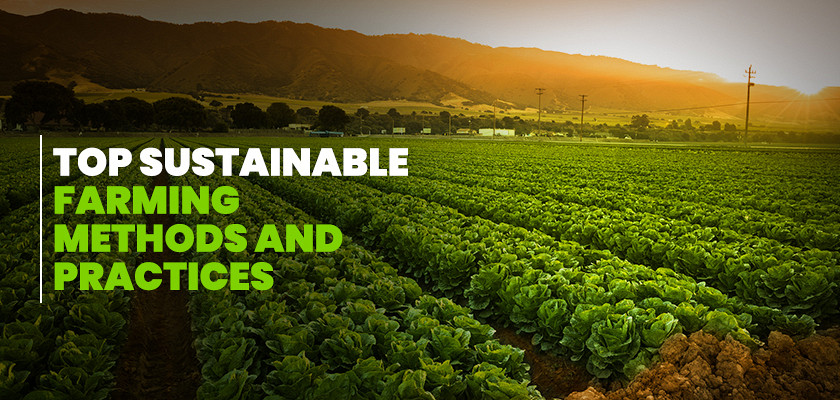Introduction
Creating a farm sustainability plan is like drawing a roadmap for your farm’s future. It helps you make decisions that boost productivity, protect the environment, and ensure your farm stays profitable. In Nigeria, where agriculture is a big part of the economy and livelihoods, having a sustainability plan can make a huge difference.
Step 1: Assess Your Farm’s Current State
Start by taking stock of your farm. Look at:
- Resources: Land, water, crops, livestock, equipment.
- Practices: How you manage soil, water, pests, and waste.
- Challenges: Issues like soil degradation, water scarcity, or pest problems.
- Opportunities: Areas where you can improve efficiency or reduce waste.
Step 2: Set Sustainability Goals
Decide what you want to achieve with your sustainability plan. Goals might include:
- Reducing water usage.
- Increasing crop yields sustainably.
- Minimizing chemical use.
- Improving soil health.
- Boosting biodiversity.
Make sure your goals are Specific, Measurable, Achievable, Relevant, and Time-bound (SMART).
Step 3: Develop Strategies for Sustainability
For each goal, outline strategies to achieve it. For example:
- Soil Health: Use crop rotation, compost, or reduced tillage.
- Water Management: Implement drip irrigation or rainwater harvesting.
- Pest Management: Use integrated pest management (IPM) techniques.
- Waste Reduction: Compost organic waste or use it for animal feed.
Step 4: Plan for Implementation
Detail how you’ll put your strategies into action. Consider:
- Timeline: When will you start and finish each strategy?
- Resources Needed: Money, labor, equipment.
- Training: Do you or your workers need training on new practices?
Step 5: Monitor and Evaluate Progress
Set up a system to track progress toward your goals. Regularly check:
- Indicators: Like soil health tests, water usage metrics, or yield improvements.
- Adjustments: Be ready to tweak strategies if things aren’t working.
Step 6: Engage Stakeholders
If you have workers, family members, or community members involved in or affected by your farm, get them on board. Explain the plan and get feedback. This helps everyone work toward the same goals.
Example Sustainability Plan for a Nigerian Farm
Let’s say you’re growing maize and vegetables in Kaduna. Your goals might be:
- Improve soil fertility using organic compost.
- Reduce water waste with drip irrigation.
- Minimize pesticide use with IPM.
Strategies could include:
- Making compost from crop residues.
- Installing drip irrigation.
- Using neem oil for pest control.
Conclusion
A farm sustainability plan helps you farm smarter, not harder. By assessing your farm, setting goals, developing strategies, implementing them, and monitoring progress, you can boost sustainability. In Nigeria’s agricultural landscape, this can lead to better yields, healthier soils, and a more profitable farm.

